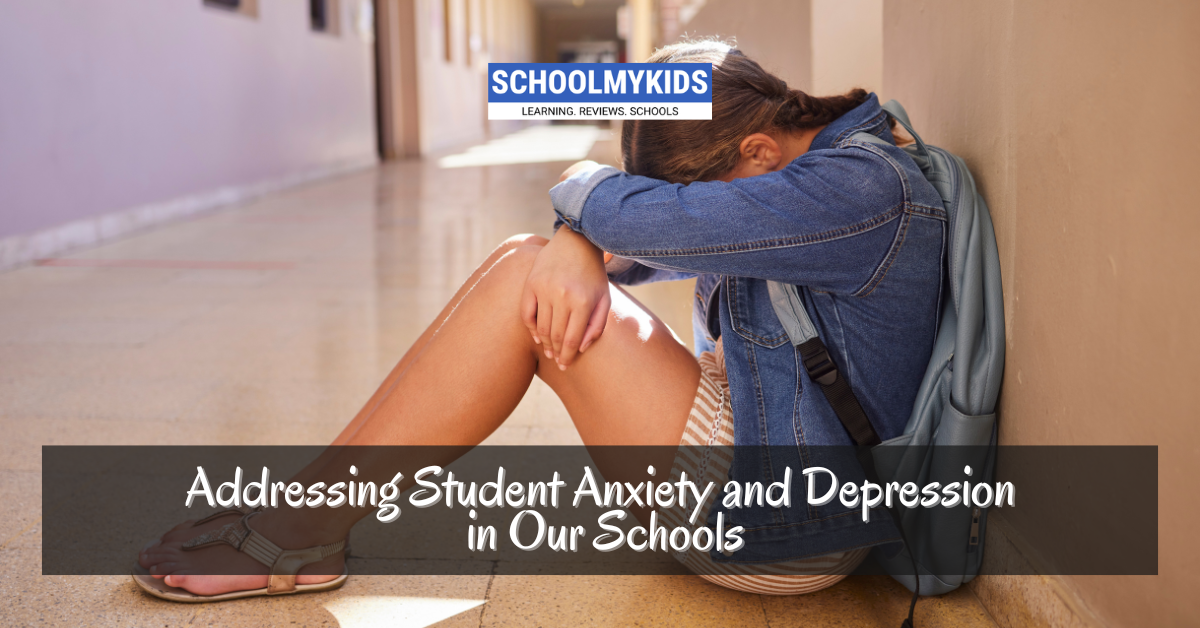Imagine shouldering a backpack overflowing with textbooks, assignments, and expectations. This isn’t just a metaphor; it’s the reality for many students today. But what if, hidden amongst the notebooks, were invisible weights – anxieties, worries, and a constant undercurrent of pressure? This is the unseen burden many young minds carry, and it’s contributing to a growing mental health crisis in our schools.
How do the System and Adults Contribute?
The education system we’ve built, while designed to equip students with knowledge, can often overlook the emotional well-being of the child carrying that knowledge. From a student’s perspective, the pressure to succeed can feel overwhelming. Grades become a measure of self-worth, tests feel like life-or-death situations, and the fear of failure casts a long shadow. This constant state of tension can manifest as anxiety, depression, and even thoughts of self-harm.
It’s not just the system itself; sometimes, even with the best intentions, adults can unintentionally contribute to the pressure. Teachers, burdened by curriculum demands and large class sizes, may struggle to create spaces for open communication about mental health. Parents, consumed by worries about their child’s future, might inadvertently push for academic achievement above all else.
The Importance of Emotional Development
Here’s the key to remember: children are not miniature adults. Their emotional development lags behind their cognitive abilities. What might seem like a minor setback to an adult, like a bad grade or a social conflict, can feel like a world-ending catastrophe to a child.
Prioritizing Well-being Alongside Education
This doesn’t mean we abandon education altogether. Knowledge is empowering, and schools have a vital role to play in preparing young people for the future. But it’s crucial for a shift in perspective.
- Focus on well-being, not just grades. Schools can prioritize mental health education, teaching students coping mechanisms and emotional regulation skills. Building resilience should be just as important as mastering math problems.
- Open the door for communication. Schools must invest in creating safe spaces where students can express their anxieties without judgment. Encourage open communication with teachers, counselors, or peers.
- Let’s move beyond the ‘rat race’ narrative. Success is not a one-size-fits-all mold. Help students discover their individual strengths and passions, not just focus on standardized test scores.
- Parents, remember, you’re the anchor. Please communicate with your child openly, celebrate their efforts, and prioritize their mental well-being. Let them know grades do not define their worth.
- Teachers should prioritize self-care, too. Overworked and stressed teachers can’t create a nurturing environment. Advocate for smaller class sizes and resources for mental health support in schools, and prioritize your own well-being.
Why Does Mental Health Matter?
This isn’t about lowering educational standards; it’s about creating a holistic learning environment. Imagine a student who feels supported, equipped with coping mechanisms, and valued for who they are – not just the grades they bring home. This student, even with challenges, will likely thrive academically and emotionally.
Conclusion
Remember, academic success achieved at the cost of a child’s mental health is a Pyrrhic victory. Let’s lighten the invisible weights in their backpacks, offer support, and foster a love of learning that coexists with a foundation of emotional well-being. It’s time to prioritize mental health in schools because a healthy student is a student who can truly reach their full potential.









Be the first one to comment on this story.